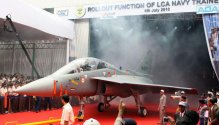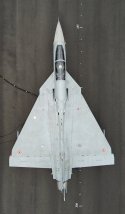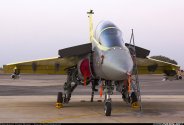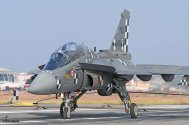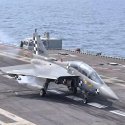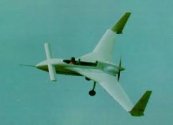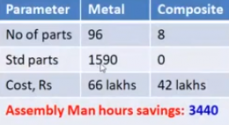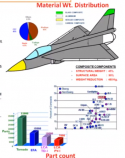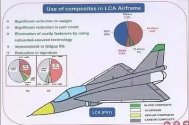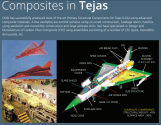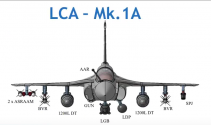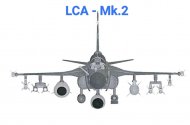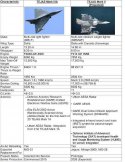Could you elaborate? Most of the criticism I have seen about Tejas stems from the decade long CAG report which doesn't apply to Mk-1 FOC and Mk1A standards.1. Evidence suggests that LCA has a serious weight control problem, this despite extensive use of composites.
To the best of my knowledge, this "overweight" problem was actually faced by the N-LCA due to the reinforced undercarriage and heavy actuators-laden LEVCONS which led to an undesirable increase in the empty weight of the aircraft thus limiting what useful payload could be made of from the MTOW. So much so, that the strengthened landing gear would ‘sprawl’ under its airframe therefore preventing the carriage of EFTs or indeed any heavy stores on the inboard weapons stations of the NLCA Mk1’s wings.
Consequentially, only the centerline and mid-board stations could be used for any viable heavy stores, thereby limiting the payload flexibility of the design as I said already. Later on, an N-LCA Mk-2 came as well but was dropped for similar reasons.
Hence enter the TEDBF

